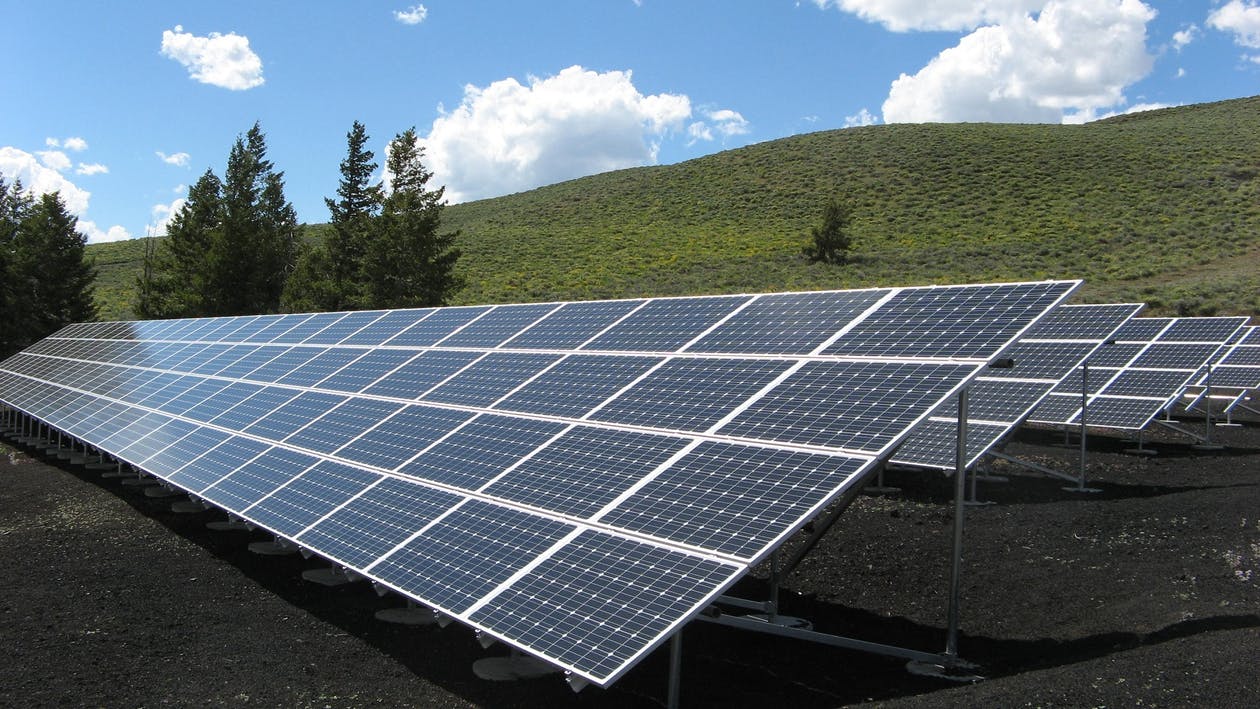
11 Apr HYPERCHARGED: THE FUTURE OF ENERGY PROVIDERS
As the world grapples with the challenges of climate change and growing energy demand, the future of energy providers is (happily) evolving before our very eyes. A number of important new trends and innovations will therefore inevitably define what we can anticipate from the industry’s future. So get your binoculars handy: Here, we’ll take a closer look at these trends and discuss their implications for energy providers and consumers alike.
Straight out of the gate, we cannot underscore enough the growing move towards decentralized energy production. Traditionally, large power plants have generated electricity, which is then distributed to consumers via vast transmission and distribution networks. However, advances in renewable energy technologies and energy storage solutions are enabling smaller-scale, localized energy production systems.
This shift towards decentralization is driven by several factors, including the decreasing cost of renewable energy technologies, the desire for greater energy security, and the need to reduce greenhouse gas emissions. As a result, we are witnessing a growing number of microgrids, community-owned renewable energy projects, and residential solar installations.
For energy providers, this trend may be both blessing and headache. Decentralized energy systems can offer greater flexibility and resilience, as well as the potential for new revenue streams. Then again, you should also note that they also require significant adaptation in terms of infrastructure and business models.
The global push for cleaner, more sustainable energy sources is driving a major shift in the energy industry to boot. As the cost of renewable energy technologies like solar and wind power continues to decline, they are becoming increasingly competitive with traditional fossil fuel-based energy sources.
This shift is not only driven by environmental concerns but also by government policies, consumer demand, and the potential for long-term cost savings. As a result, energy providers are investing heavily in renewable energy projects and transitioning their energy portfolios to include a larger share of clean energy sources.
To succeed in this rapidly changing landscape, energy providers are going to have to face facts and push to become more nimble and responsive to market trends. This may involve diversifying their energy mix, investing in research and development, and forging partnerships with renewable energy technology companies.
The digital transformation of the energy industry is also deeply impacting the future of energy providers. Advances in data analytics, artificial intelligence (AI), and the Internet of Things (IoT) are allowing organizations to optimize their operations, improve customer service, and develop new products and services.
For example, smart meters and connected devices are providing real-time data on energy consumption, allowing energy providers to better understand consumer behavior and offer personalized energy management solutions. AI-powered predictive analytics can help energy providers optimize grid operations, reduce maintenance costs, and improve the efficiency of renewable energy systems.
To capitalize on these opportunities, energy providers need to wake up and invest in digital infrastructure and develop the necessary skills and expertise in data analytics and AI.



